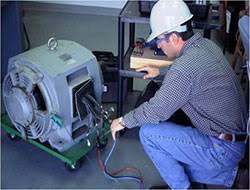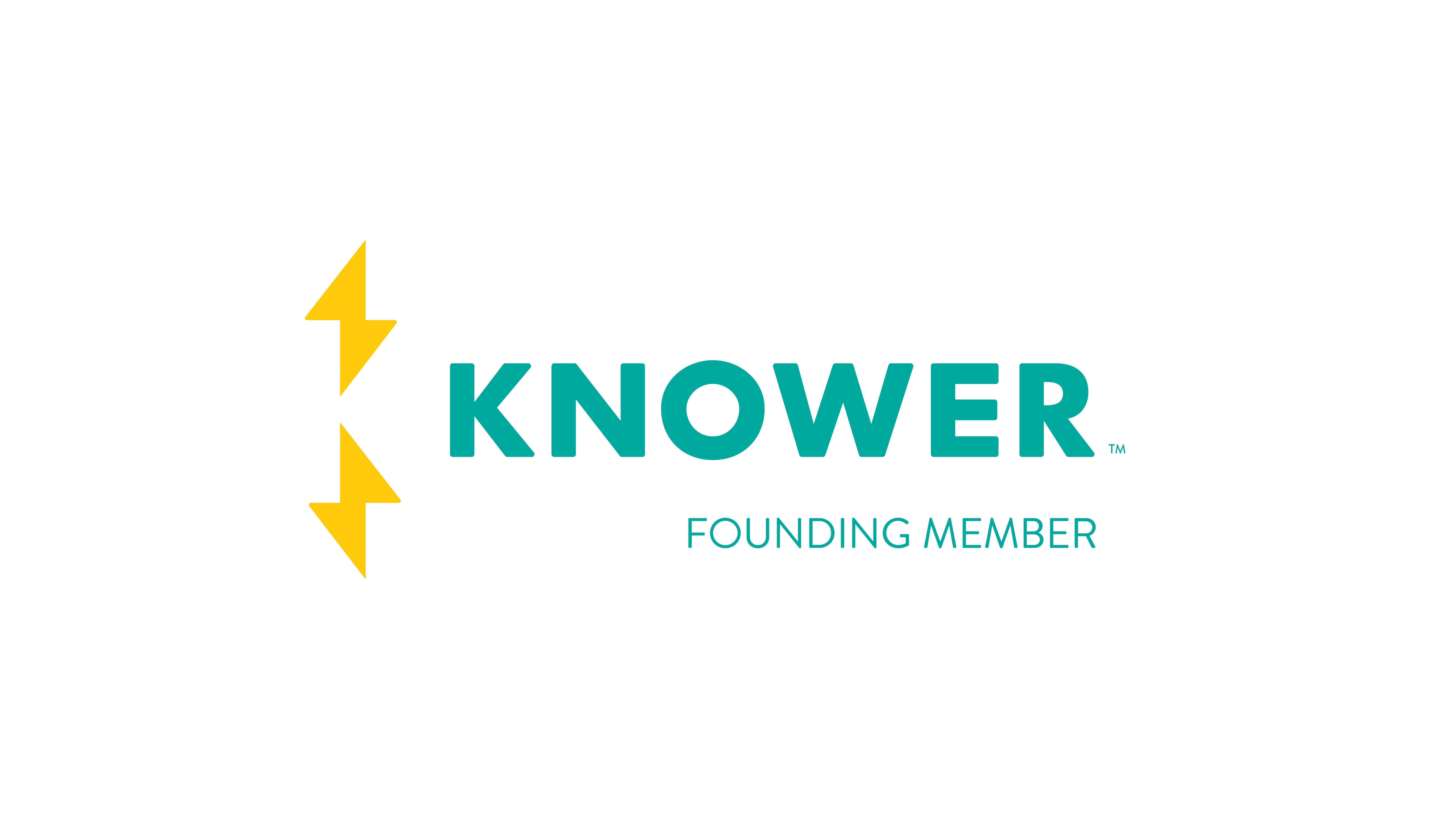Prevent Electric Motor Failure with Predictive Maintenance
 Is predictive maintenance just a fad that’s trying to sell expensive, complicated equipment to production and manufacturing companies, or is it an effective maintenance paradigm?
Is predictive maintenance just a fad that’s trying to sell expensive, complicated equipment to production and manufacturing companies, or is it an effective maintenance paradigm?
We know that motor failure, for example, can be expensive and cause serious issues with downtime and lost productivity. However, facilities that have properly implemented predictive maintenance have been reporting reduced costs, extended equipment life, shorter downtime periods, and enhanced safety as a result.
What is Predictive Maintenance
Predictive maintenance, often abbreviated PdM, is a maintenance paradigm that focuses on detecting the potential for failure and enhancing the reliability of equipment and machinery. It can be thought of as a proactive approach to maintenance where measures are taken to prevent failure from happening, as opposed to a reactive approach that only responds to failures. This approach to maintenance depends heavily on data gathered from sensors that measure key characteristics related to your equipment. That data is used first to provide a baseline of equipment behavior and performance and can then be used to detect departures from that baseline. Over time, the data provided by the sensors become recognizable patterns.
That data, however, needs to be transmitted to a server or the cloud so that it can be stored and later analyzed. That is where IIoT (Industrial Internet of Things) technology in the form of Remote Condition Monitoring becomes key because it facilitates the transmission of data wirelessly and makes it accessible to those who need it. Remote condition monitoring, also referred to as real-time condition monitoring, involves data gathered automatically by the sensors in use. However, some data still needs to be gathered by technicians, and that includes methods such as visual inspections and the use of ultrasonic leak detection, infrared thermography, and oil analysis. These types of tests are performed on a regular basis and referred to as part of a regular PdM route.
Once the data has been acquired, it will usually need to be processed before it becomes useful for decision making. Processing the data can depend heavily on the type of data being retrieved. For example, vibration data (especially from rotating machinery) can point to bearing wear only when techniques such as spectrum analysis have been applied and interpreted by a skilled vibration analyst. Other types of data merely required statistical analysis, while many PdM users turn to artificial intelligence techniques to better detect the existence of patterns.
All that data and information is then used to inform your facility’s maintenance plan and any key decisions regarding equipment (such as replacement or when to send it out to a repair vendor). The result is an optimized maintenance plan that fits the operating conditions of your facility.
Cost Savings of Predictive Maintenance
Predictive maintenance involves an investment in equipment and training, but it does lead to significant cost savings. An executive summary prepared by PwC and Mainnovation on the subject of predictive maintenance reported that, evidence shows that implemented PdM can reduce costs by 20%, increase uptime by 9%, and extended the lifetime of assets by up to 20%.
Part of the cost savings from PdM extends from the effective prevention of equipment failures. This allows for planned downtime which is less expensive and disruptive than the unplanned downtime that invariably results from unexpected failures.
Unplanned downtime is costly in terms of the repairs involved, the labor required to accomplish the unexpected shutdown/startup, and the loss of production capabilities caused by the shutdown. Predictive maintenance, on the other hand, gives you control of downtime so that it can be planned for minimum impact on production. In addition, the downtime periods are much shorter when they are for maintenance purposes rather than for dealing with catastrophic failures.
By dealing with issues before they develop into failures, the extent of repairs required is usually much smaller and less expensive. It also eliminates issues of cascade failure, where damage to one component leads to a domino effect of other components being damaged, as is often the case with catastrophic bearing failure. Obviously, the cost to replace a single bearing in an electric motor is going to be much less than replacing all the components that can also be damaged when it completely fails and literally brings your motor to a grinding halt.
Because the maintenance plan is optimized when predictive maintenance is used, the equipment receives better care. Consider this: lubrication issues are thought to be responsible for up to $1 trillion per year in failure related issues in the United States, but predictive maintenance optimizes the lubrication of your equipment, ensuring that it receives what is needed (neither too much nor too little), leading to far fewer failures related to lubrication. Many experts consider lubrication to be an investment in your motors and other equipment. Better care of your electromechanical assets also extends useful life and adds value to the asset, which serves as another source of cost savings.
Don’t Get Left Behind
Under predictive maintenance, key maintenance tasks are performed when needed, not just when a machine fails or when your schedule says it’s time. Basically, information and trends pulled from condition monitoring data are used to inform your maintenance practices.
Benefits of Predictive Maintenance
You don’t want to be left behind by your competition when it comes to advanced, cost-saving predictive maintenance. Keep in mind that the predictive maintenance market is growing rapidly, driven by the mass adoption of PdM technology. In fact, according to data from Market Research Future, the market for PdM equipment and technology is expected to grow to $6.3 billion during the next year and it is expected that 83% of manufacturing companies will be actively implementing PdM over the next two years.
Conclusion
If you’re ready to look into predictive maintenance or are looking to make sure your PdM technology and techniques are up to date, look no further than Hi-Speed Industrial Service. We have the tools and know-how to assist your facility in implementing predictive maintenance using industry best practices. Hi-Speed can turn your maintenance practices into an asset. Our PdM services will lead to cost savings, reduced downtime, and increased production. Contact Hi-Speed today and take that first step to saving thousands of dollars!

